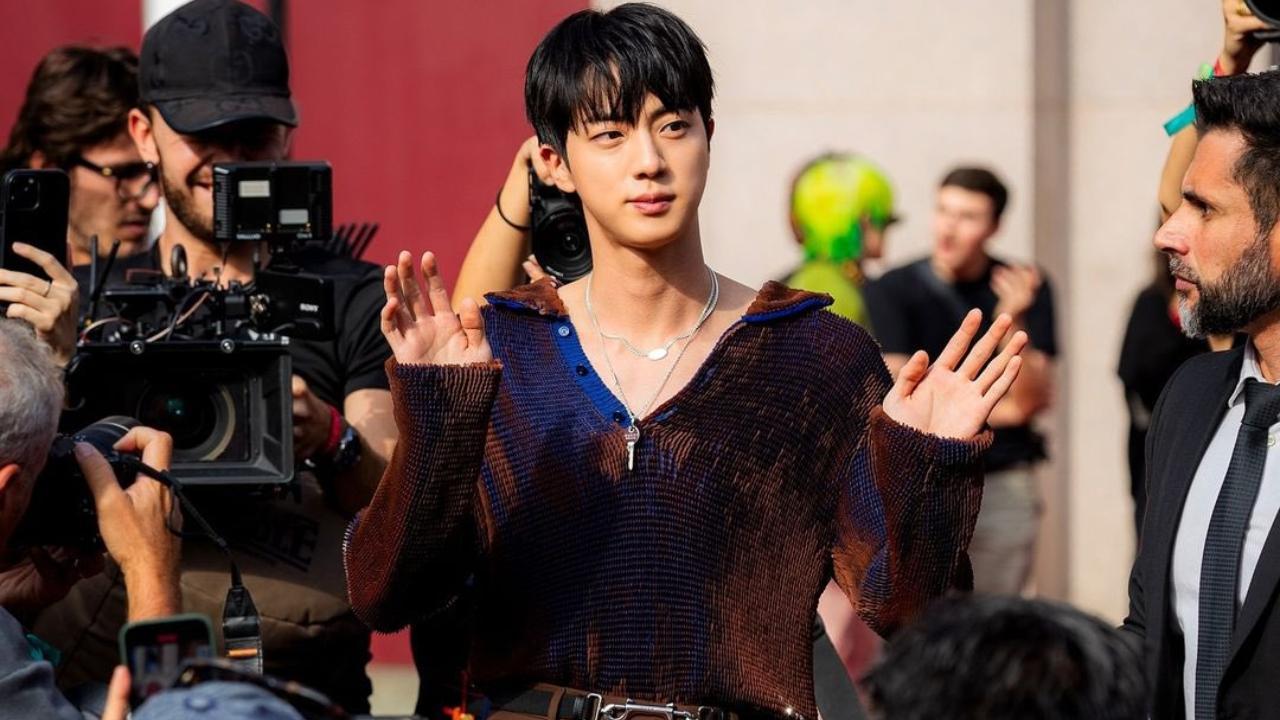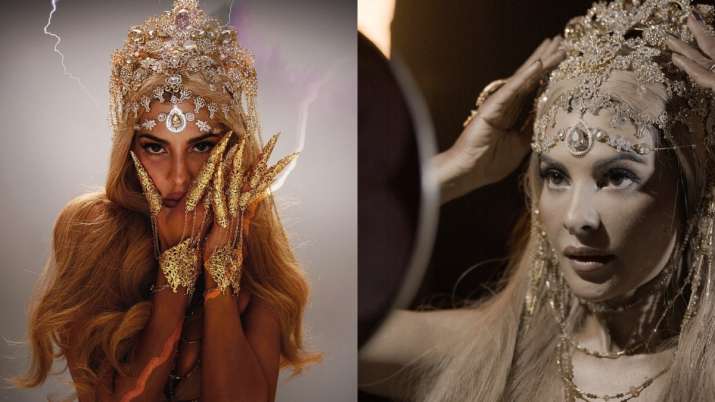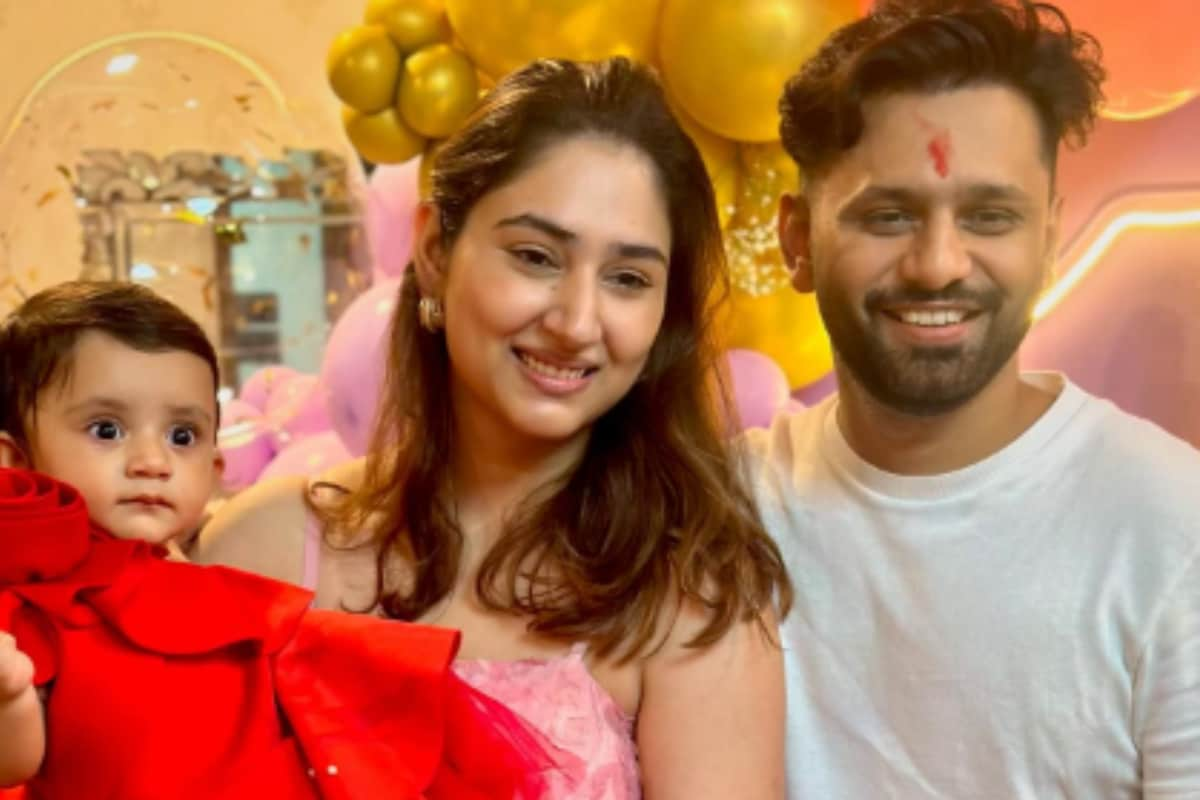FICTION Bird Courtney Collins Hachette, $32.99 The story in Courtney Collins’ novel, Bird , begins with an arranged marriage and then a rebellion. Bird is 14 years old and refuses to be chattel.
The drama unfolds in parallel storylines: the first in an unspecified location in the Himalayas where a daughter is being sold off to settle a father’s debt; the second in Darwin, where a girl wakes up in a hospital with no memory, a bullet wound and an exceptionally disorientated sense of self. Courtney Collins’ novel is written in the second person, which is tricky to do, but she makes it work. In the former, the daughter runs away with no desire other than basic liberty, but the infinite wilderness offers no respite.

A boy accompanies, though his real motives are unclear. These chapters are unanchored by time ( Unknown Year is the title of one), further unsettling us by refusing to offer anything remotely grounding. (The Himalayas are, after all, huge.
) In the latter ( Present Day ), our heroine is trying to reconstruct her history; as a victim of maternal abandonment, she is guided by the warmth and generosity of a nurse who tends to her in hospital. The peripheral characters are clearly drawn archetypes – canine-owning single woman in her late 30s: good; chain-smoking sexual predator and boyfriend of irresponsible mother: bad. The slow unfolding resembles the visual depiction of DNA: two linked strands that wind around each other resembling a twisted ladder.
It tries to play around with time. The execution is adequately satisfying. There is intrigue, sure.
The reader is trying to work out whether these two girls are the same person. The narrative threads are revealed in a series of over-descriptive retroactive accounts, the information dropped piecemeal. Parts of the book suffer from inertia – too much dot-to-dot joining for us that is really not needed.
If you’re an impatient reader like me, this can prove a bit frustrating. But Collins’ use of second-person narration is good and it works. And this is no easy feat.
We embody this young girl in all her corporal and psychic angst while she tries to remember who she is, who she belongs to and who will protect her. When all the ordinary candidates let her down (her mother keeps leaving home without notice, her relationship with a boy proves unsatisfactory) who can she turn to? “There is too much you do not understand about yourself and your life. People, plants, creatures, houses all whirling inside you – where is your actual life, the life you want to live?” This tendency towards a series of broad inquiries irritated that part of me that enjoys a specified, isolated crisis.
What are the stakes really, beyond trying to figure out how to be free? In Darwin, she is a painter, an art-lover. She draws some girls whose identities she cannot place. “There are five girls and I don’t know how I know them, but I do,” she says, referring to some girls inside a juvenile detention centre.
“And I think they can tell me something about my life and how to change it.” Did she meet them inside the detention centre? Could she be in trouble with the law? She’s being heavily guarded by two police officers standing outside her hospital room. Plus – that gunshot wound .
.. ? Here, the overarching thematic agenda is one that speaks to a solo-turned-collective female defiance.
A woman’s power lies in her ability to reach out to other women. We succeed when our heroine succeeds, finding solidarity with these five young girls; their history and survival testament against the global exploitation of female bodies. The Booklist is a weekly newsletter for book lovers from books editor Jason Steger.
Get it delivered every Friday ..



















